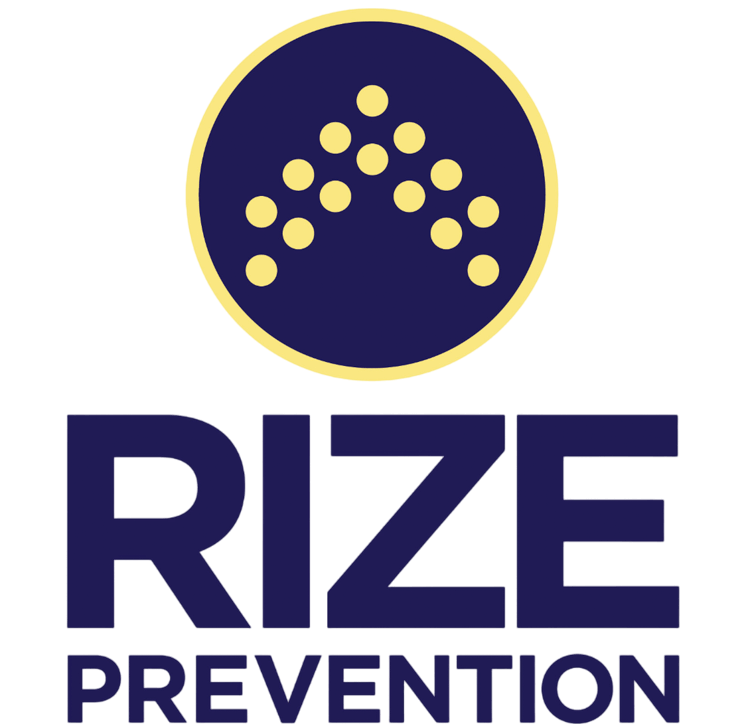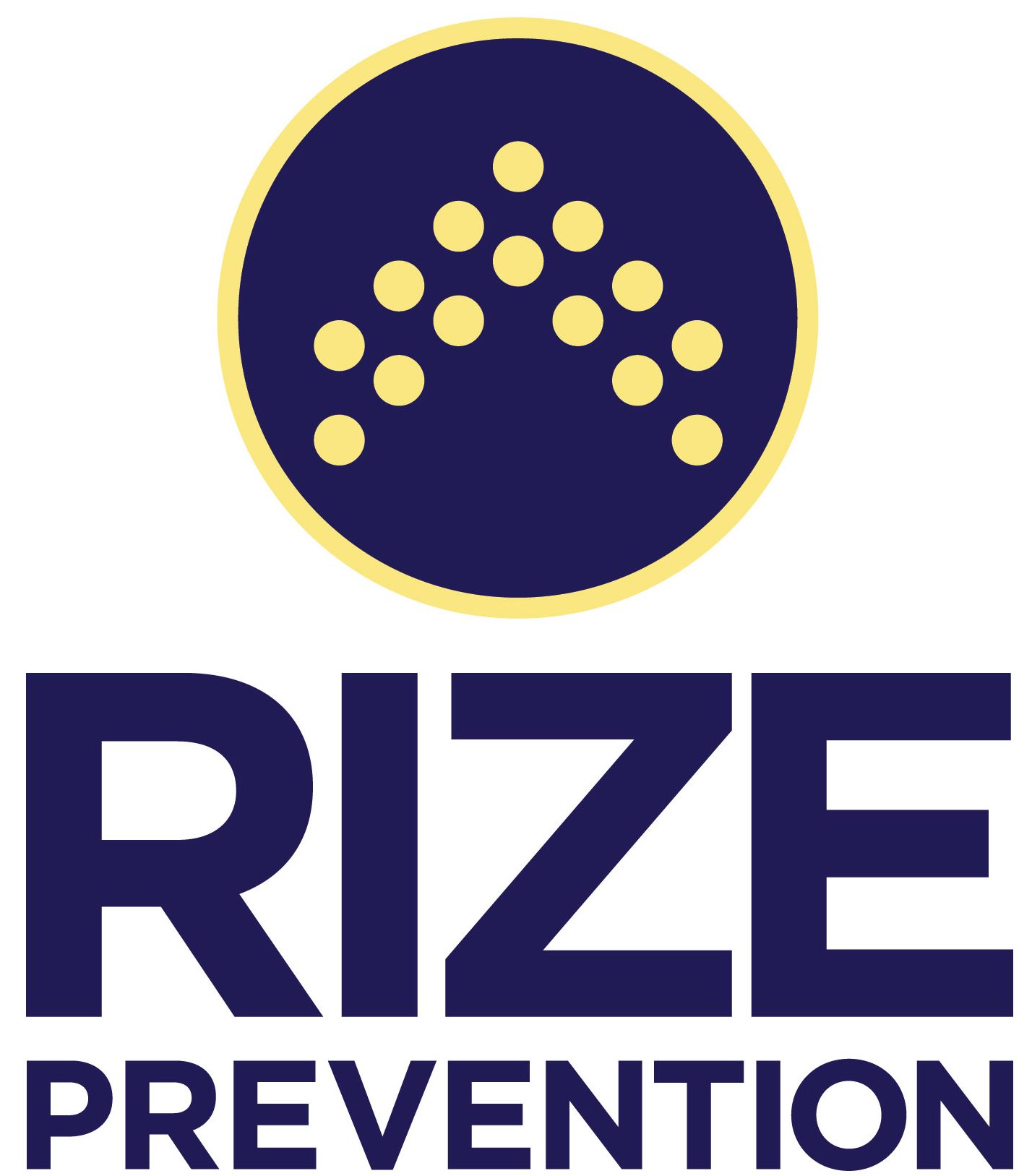By R.J. Beach
Drug use in the United States remains a complex and pervasive issue, requiring a comprehensive and
multifaceted approach. One key avenue for addressing this challenge is through the efforts of the
federal government’s Office of Drug Control Policy.
The Federal Drug Control Budget has seen significant increases over time. In 2000, the budget stood at
$17.9 billion. By 2015, it had risen to $26 billion, and for 2024, it climbed even further to $43.6 billion.
Despite these increased investments, the ongoing struggles with drug use, abuse, and addiction raise an
important question: Are we allocating these funds in the most effective way?
To gain insight into this, it’s essential to examine where the money has been directed. In 2015, 56% of
the budget focused on Supply Reduction—including interdiction, eradication, and law enforcement
efforts. The remaining 44% was spent on Demand Reduction—such as education, prevention, and
treatment initiatives.
Both areas are crucial to combating the drug epidemic. Reducing supply, by making drugs more
expensive and harder to access, can indirectly lower demand. However, this approach faces challenges,
as the nature of the drug supply continuously evolves. Advances in technology have led to rapid
changes in the types of drugs consumed and the methods by which they are obtained, creating a moving
target for policymakers. This dynamic underscores the complexity of crafting impactful strategies to
address drug use in the United States.
Reducing the Demand for Drugs: A Critical Component of the Solution
The demand for drugs represents a pivotal side of the equation in addressing the drug crisis. By
reducing the number of individuals seeking drugs, the supply becomes less consequential. Over the past
nine years, the federal government has increasingly recognized the importance of demand reduction.
This shift is reflected in the 2024 budget, where 55.6% of the funds are allocated to Demand
Reduction—encompassing education, prevention, and treatment—while 44.4% is directed toward
Supply Reduction, such as interdiction and law enforcement.
Despite this reallocation of resources, the United States continues to grapple with widespread drug use.
A deeper examination reveals a key issue: the disparity in spending between treatment and prevention,
and the varying outcomes each achieves.
Funding for treatment is undoubtedly critical, as it provides essential support for individuals battling
substance use disorders. However, access to quality treatment remains a significant barrier. Many
individuals face challenges such as the high cost of care and the difficulty of maintaining employmentwhile undergoing treatment. For instance, the most effective treatment for opioid addiction is a 3–6
month residential program. Yet, these programs are financially burdensome and still have an alarmingly
high relapse rate of 80%. While treatment addresses existing demand, its impact is limited and does
little to prevent future drug use.
Prevention, on the other hand, targets future demand by focusing on younger populations, particularly
teenagers who are most at risk of becoming future users. Despite its critical role, prevention efforts
receive just 6.3% of the overall budget, in stark contrast to the 49.3% allocated for treatment. Investing
in effective prevention programs has the potential to significantly reduce future demand, making it a
vital yet underfunded aspect of the overall strategy.
It is essential to consider the cost-benefit dynamics of prevention programs. Although assigning a
monetary value to saving a life or relieving a family from the challenges of a loved one’s struggle with
substance use is complex, the National Institute on Drug Abuse highlighted one program that
demonstrates the positive potential. They calculated a return of $12.88 for every dollar invested in the
initiative. This demonstrates that well-designed prevention programs are not only a wise investment in
the well-being of individuals but also in the resilience and prosperity of the community as a whole.
The continued struggles with drug use in the United States highlight the need to strike a more balanced
approach. By prioritizing prevention (increasing the percentage of the Drug Control Budget that is
spent on prevention) alongside treatment, the nation can address not only the current challenges but
also lay the groundwork for a healthier, safer, and more productive future.
References
The Federal Drug Control Budget figures for 2000, 2015, and 2024, as well as the allocation
percentages for Supply Reduction and Demand Reduction in 2015, are discussed in the National Drug
Control Budget: FY 2024 Funding Highlights.
Additional insights into the budget allocations and strategies can be found in the Budget and
Performance section of the Office of National Drug Control Policy.
The challenges of accessing quality treatment, including financial burdens and employment difficulties,
are discussed in the American Addiction Centers’ guide on rehab success rates and statistics.
The effectiveness of 3–6 month residential programs for opioid addiction and the high relapse rate of
80% are highlighted in the Addiction Group’s report on relapse rates and statistics.
National Institute on Drug Abuse. (2022, April 28). Investing in prevention makes good financial sense.
From the website National Institute on Drug Abuse.

